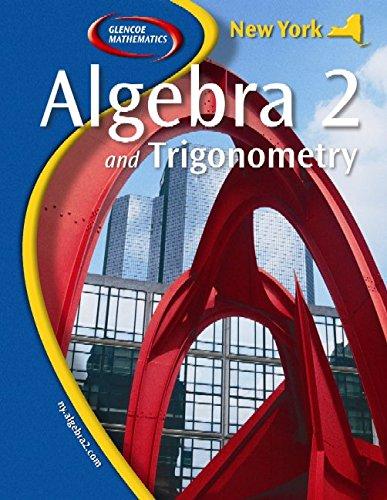Question
1. A basketball player is attempting a 3-pointer from a horizontal distance of 24.7 feet. He is releasing the ball from 7 feet above ground
1. A basketball player is attempting a 3-pointer from a horizontal distance of 24.7 feet. He is releasing the ball from 7 feet above ground level, aimed directly toward the basket at an angle of elevation of 45, with an initial velocity of 0. Supposing that the player stands at the origin and the basket is in the positive y-direction, use the three-dimensional coordinate system to find a vector function describing the position of the ball after release as a function of time. (Assume one unit on each axis corresponds to a distance of 1 foot, and the gravitational acceleration = 32/ 2 .)
2. Use your answer to Question 1 to find the shape of the basketball's trajectory.
3. Assuming a standard hoop height of 10 feet, find the initial speed for the ball that ensures that the player described in Question 1 scores.
4. Use your answer from Question 3 to find the necessary initial velocity vector for the basketball if the player is to score from the same spot (i.e., the origin) but this time shooting while running along the line = at a speed of 10 mph in the positive direction.
5. Find a formula for graph the required initial speed as a function of the angle of elevation over the interval (0, /2) if the player is to score (assuming the same spot and release height as in Question 1).
6. Generalizing your work on Question 5, find a formula for the initial speed of a successful shot if the player stands feet from the hoop and shoots at an angle upward from horizontal, with a release height of feet.
Step by Step Solution
There are 3 Steps involved in it
Step: 1

Get Instant Access to Expert-Tailored Solutions
See step-by-step solutions with expert insights and AI powered tools for academic success
Step: 2

Step: 3

Ace Your Homework with AI
Get the answers you need in no time with our AI-driven, step-by-step assistance
Get Started


